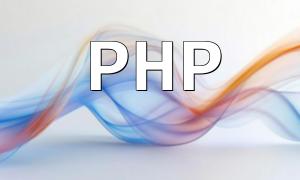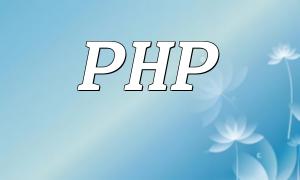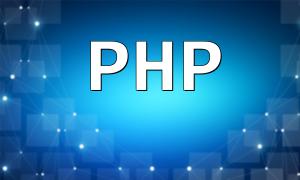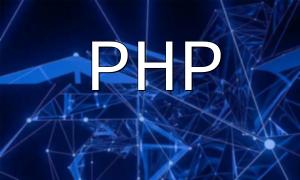When developing and maintaining PHP applications, performance optimization is a crucial factor. As the number of users increases, the load on the application may grow rapidly, leading to slower response times or even server crashes. To provide a better user experience and stable system performance, it is essential to adopt the appropriate optimization strategies and techniques. This article briefly introduces some common PHP performance optimization and caching techniques, along with practical code examples.
Database queries are one of the most performance-consuming operations in web applications. Database queries can be optimized using the following methods:
Writing efficient code is key to improving the performance of applications. Here are some code optimization tips:
Caching is a commonly used performance optimization technique that helps reduce backend resource access. Below are some common caching strategies:
function getFromCache($key) {<br> $redis = new Redis();<br> $redis->connect('127.0.0.1', 6379);<br> $result = $redis->get($key);<br> if ($result) {<br> return $result;<br> } else {<br> // Query database and store result in cache<br> $result = queryDatabase();<br> $redis->set($key, $result);<br> return $result;<br> }<br>}<br>$result = getFromCache('query_key');<br>echo $result;function getPageFromCache($page) {<br> $cacheFile = 'cache/' . md5($page) . '.html';<br> if (file_exists($cacheFile)) {<br> $cacheTime = 60 * 60 * 24; // Cache file for 24 hours<br> if (time() - filemtime($cacheFile) < $cacheTime) {<br> return file_get_contents($cacheFile);<br> }<br> }<br> // Generate page content<br> $content = generatePageContent($page);<br> // Save content to cache file<br> file_put_contents($cacheFile, $content);<br> return $content;<br>}<br>$page = $_GET['page'];<br>$content = getPageFromCache($page);<br>echo $content;The code examples above demonstrate how to use Redis and file caching techniques to optimize PHP application performance. In real-world scenarios, you may need to adjust and optimize these techniques based on specific requirements.
This article introduced the basics of PHP performance optimization and caching techniques, along with their implementation methods. Performance optimization is an ongoing process that requires continuous monitoring and analysis. By applying the right performance optimization and caching strategies, you can significantly enhance user experience and ensure system stability. We hope these techniques help developers improve the performance of their PHP applications.



![How to Fix PHP Error: Unexpected ']' Symbol Leading to Syntax Error](/files/images/20250714/202507141353493283.jpg)





